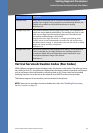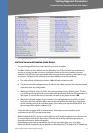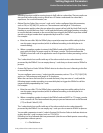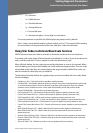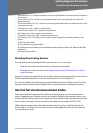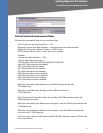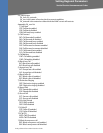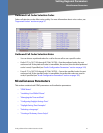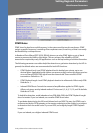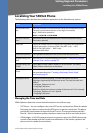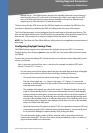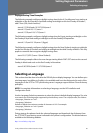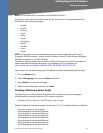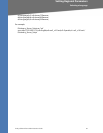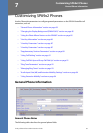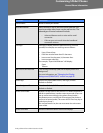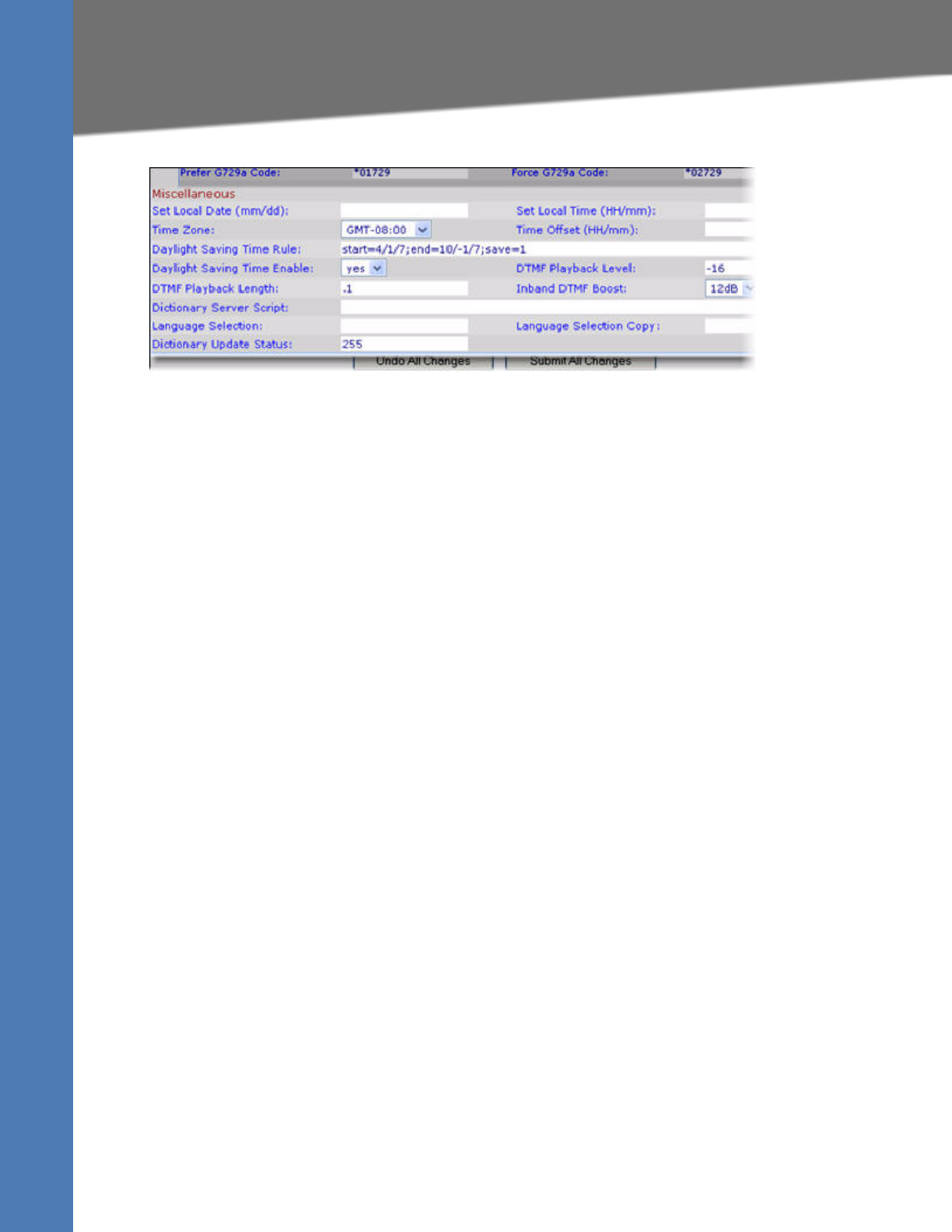
Linksys SPA9x2 Phone Administration Guide 77
Miscellaneous Parameters
Setting Regional Parameters
DTMF Notes
DTMF, short for dual tone multi-frequency, is the system used by touch-tone phones. DTMF
assigns a specific frequency (consisting of two separate tones) to each key so that it can easily
be identified by a microprocessor.
In-Band and Out-of-Band (RFC 2833): SPA9x2 phones can relay DTMF digits as out-of-band
events to preserve the fidelity of the digits. This can enhance the reliability of DTMF
transmission required by many IVR applications such as dial-up banking and airline iformation.
The following parameters can either help false detection or get better detection by the IVR. In
general, the default values are recommended for both IVR functions.
• DTMF Playback Level: Local DTMF playback level in decibels per minute, up to one
decimal place. Applicable locally whne a user presses a digit or when the phone receives
an out-of-band (OOB) DTMF signal from the network side. Does not affect DTMF
transmission. Defaults to -16.
• DTMF Playback Length: Local DTMF playback duration in miliseconds. Affects only OOB.
Defaults to .1.
•Inbound DTMF Boost: Controls the amount of amplification applied to DTMF signals.
Affects only tones sent by inband method. Choices are 0, 3, 6, 9, 12, 15, and 18 decibels.
Defaults to 12 dB.
To help false detection, avoid inband and use OOB. With OOB, the DTMF Playback Length
does not matter. If you use inband, use a smaller DTMF Boost value.
To get better detection by the IVR, avoid inband and use OOB. This way, the DTMF tone is
reconstructed by the PSTN gateway or the remote endpoint, and the quality is not subject
to distortion from the audio codec. If you use OOB, use a slightly longer DTMF Playback
Length.
If you use inband, use a higher Inbound DTMF boost.



